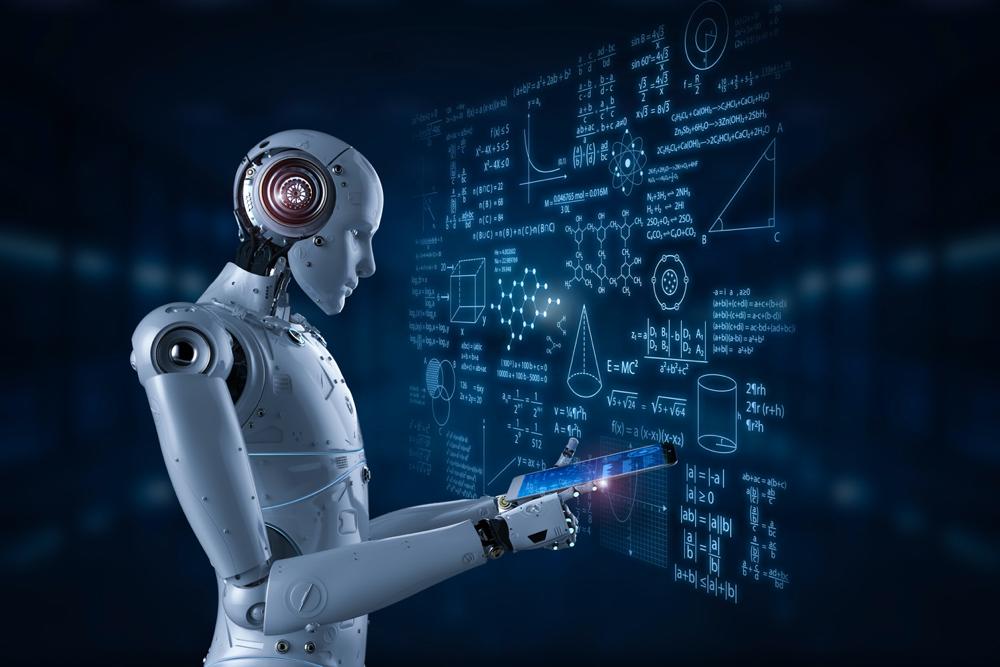Computer Vision: Unleashing the Power of Visual Perception

Introduction to Computer Vision:
Computer vision is a revolutionary discipline within artificial intelligence (AI) that endows machines with the ability to interpret and process visual information from the world around them. By emulating human visual perception, computer vision systems can analyze images and videos, recognize objects, and make informed decisions based on the visual input they receive.
Understanding the Basics of Computer Vision:
At its core, computer vision involves a series of complex algorithms that process visual data, transforming raw pixel values into meaningful information. Image processing techniques, such as edge detection, feature extraction, and object recognition, allow machines to identify patterns and objects in images. Deep learning models, such as convolutional neural networks (CNNs), have revolutionized computer vision tasks, significantly improving accuracy and performance.
Applications of Computer Vision:
-
Autonomous Vehicles: Computer vision plays a crucial role in enabling autonomous vehicles to navigate and perceive their surroundings. Cameras and sensors in self-driving cars capture real-time visual data, which is then processed by computer vision algorithms to detect objects, pedestrians, and traffic signs, making critical decisions for safe navigation.
-
Facial Recognition: Facial recognition systems utilize computer vision to identify and authenticate individuals based on their unique facial features. From unlocking smartphones to enhancing security measures in public spaces, facial recognition has a wide range of applications.
-
Industrial Automation: In manufacturing and industrial settings, computer vision enables automation and quality control. Vision systems inspect and analyze products on production lines, identifying defects and ensuring adherence to quality standards.
-
Healthcare Diagnostics: Computer vision is transforming healthcare diagnostics by assisting in medical imaging analysis. It aids in the detection of anomalies in X-rays, MRI scans, and pathology slides, providing valuable insights for accurate diagnosis and treatment planning.
-
Augmented Reality (AR) and Virtual Reality (VR): AR and VR applications leverage computer vision to overlay virtual objects onto the real world and create immersive experiences. Computer vision algorithms track and align virtual objects with the user's physical environment, enhancing realism and interaction.
Challenges and Future Prospects:
Despite remarkable advancements, computer vision faces challenges like occlusions, lighting variations, and handling complex scenes. Research efforts continue to address these challenges and improve the robustness and accuracy of computer vision systems. The integration of computer vision with other AI disciplines, such as natural language processing, promises exciting future prospects for more intelligent and interactive systems.
Conclusion:
Computer vision has unlocked a new era of visual perception, empowering machines with the ability to interpret and understand visual information. From autonomous vehicles to facial recognition and healthcare diagnostics, computer vision is driving transformative advancements across various domains. As technology continues to evolve, computer vision will undoubtedly play an increasingly vital role in reshaping industries, enhancing user experiences, and paving the way for a future where machines perceive the world around us with unparalleled accuracy and intelligence.
489 0 7
Write a Comments
* Be the first to Make Comment















